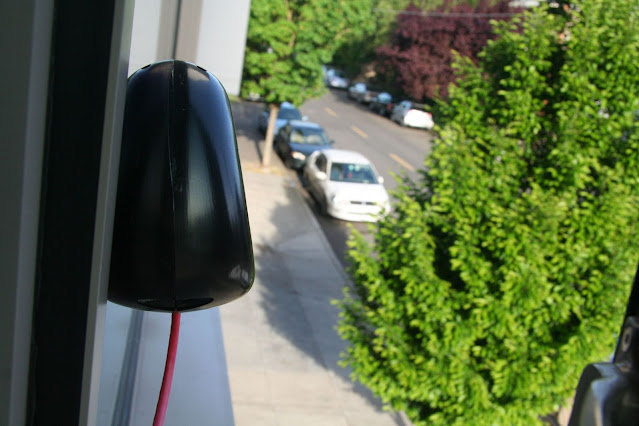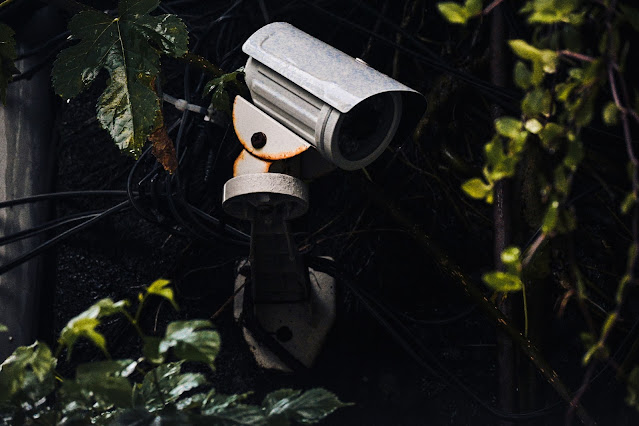Questions To Consider When Buying an Air Quality Sensor
Indoor air quality (IAQ) monitoring has evolved from a luxury to a requirement. Before choosing IAQ equipment for real-time measurements, building owners and managers should examine several factors. Cost, simplicity of usage, and IoT interoperability are all crucial issues. These variables will help you maintain high IAQ standards and achieve long-term operating objectives.
If you plan to buy an air quality sensor, here are some important questions you should consider.
- How Accurate Is The Sensor?
This is a major one, and it is probably many purchasers' first inquiry. After all, you're purchasing a gadget to detect pollutants. Try to find tests that compare the device's findings to more professional tools. A sensor's accuracy is shown by a variety of less than 10%. Also, read up on the sensor's technology and its accuracy and general performance.
- How Easy Is It To Use?
An air quality sensor must be easily accessible. Air quality impacts us all. Knowing your air should be easy, quick, and handy. A well-designed gadget should be intuitive in both display and design.
- Is It Portable?
While we spend much of our time inside, we seldom remain. Consider purchasing a portable one if you intend to use an air quality sensor in several rooms or environments.
If you require a portable air quality sensor, verify the battery life. To know how long it will last before recharging. Seek a device that protects you during workouts, vehicle trips, and late-night charging.
- What Qualities and Features You Should Look For?
Keeping this in mind, certain features offer control and convenience. These are:
Time to show readings - assuming the sensor is correct, the quicker, the better.
Connectivity: There are many possibilities for contemporary, smart home devices linked to a web-based application. Appliances may be controlled remotely and automated. Check whether your monitors can run Apple HomeKit, IFTTT, or other IoT apps.
You should not be up all night watching your monitor—the quieter the monitor, the better for our delicate sleepers.
- What Is The Cost Of An Indoor Air Monitoring Device?
Commercial buildings are built to provide dividends to their stockholders. So, whenever a choice or action involving commercial property is made, the cost must be evaluated. A business facility will not profit from installing an indoor air monitoring system whose initial and ongoing costs would bankrupt it. Determining the cost of installing an indoor air quality sensor in a business facility is critical. A home interior monitoring system costs between $150 and $250.
- Is The Indoor Air Monitoring System Iot Compatible?
Nowadays, most commercial buildings are smart buildings. Smart buildings are the commercial building future. If your business facility isn't currently operating on an IoT platform, you'll need to start planning now to stay ahead of the curve. This enables any technical gadget to connect and interact with others while giving real-time data or performing crucial actions.
- Does The Indoor Air Quality Device Have Any Additional Functionality?
A doll is nice, but a singing doll is better. Indoor air monitoring devices use the same logic. Sure, the main goal is to acquire a reliable indoor air quality sensor, but it never hurts to have a few extras. Extra may mean measuring characteristics that influence air quality.
- Does The IAQ Sensor Meet Regulations You Are Looking To Adopt?
Indoor air quality is becoming more essential, and businesses are seeking to comply with WELL Building Institute, ASHRAE, OHSA, LEED, and RESET requirements. An interior air quality monitoring system must be able to not only receive but also maintain a standard.
Monitoring air quality sensors has nearly become a need rather than a luxury. Before selecting a device or sensor to assess IAQ, building owners and managers must evaluate several factors. Cost, ease of use, energy economy, IoT interoperability, and extra functionality are key concerns. Keeping these in mind will help you maintain great indoor air quality while also helping you save money and energy.




Comments
Post a Comment